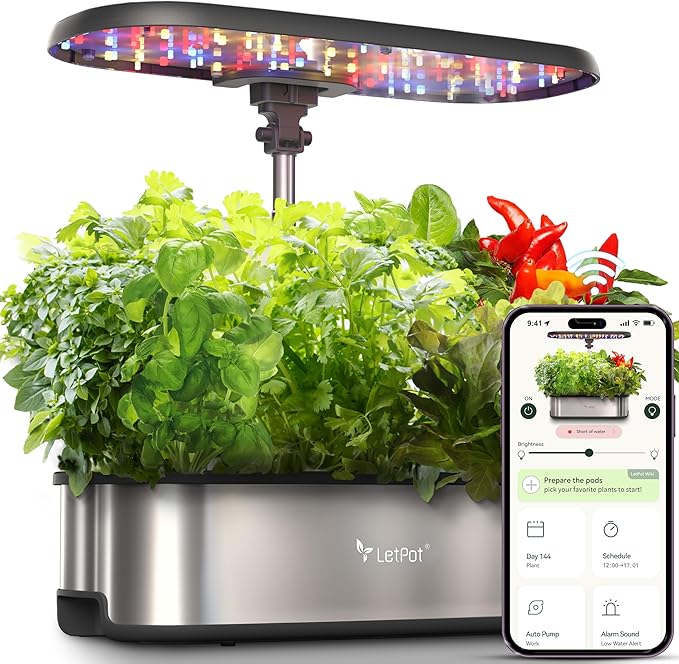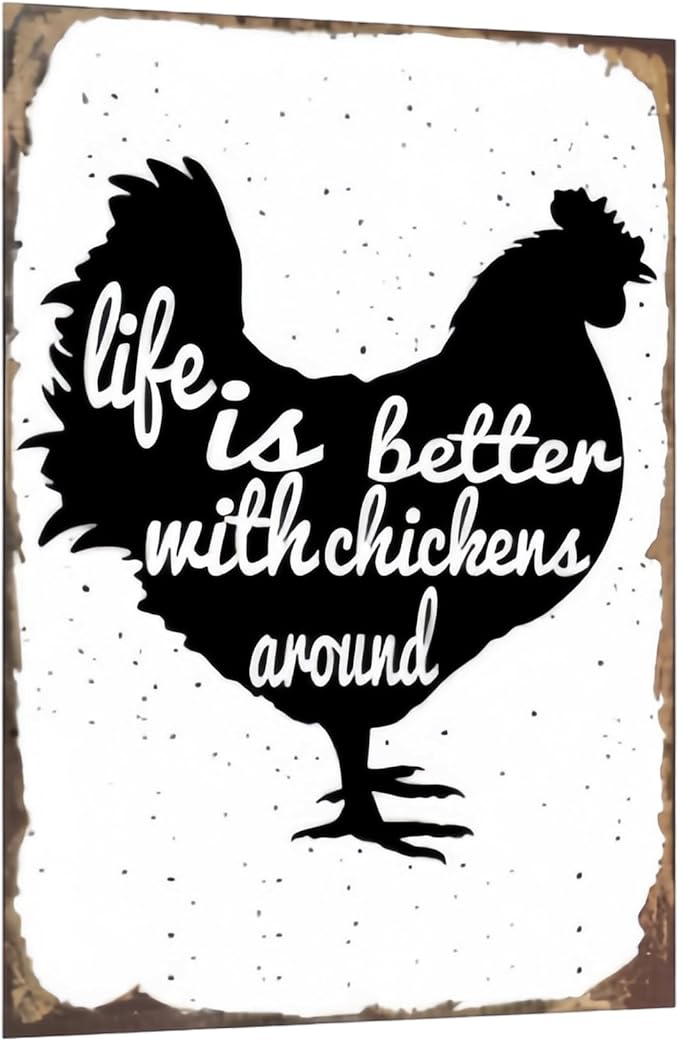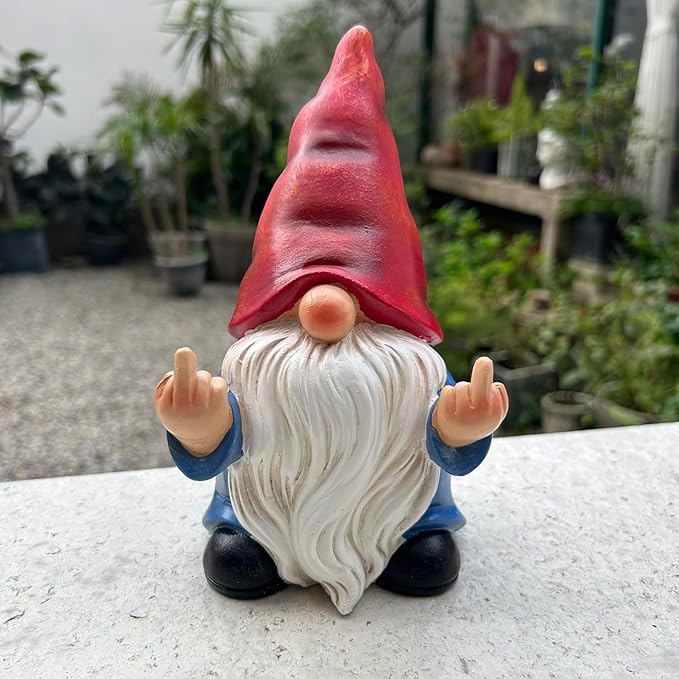Find Flowers For Your Climate
Flowers are the vibrant and colorful jewels of any garden. They not only add aesthetic appeal but also attract pollinators like bees and butterflies, which are essential for a healthy ecosystem. With a wide variety of species available, flowers can suit any garden style and preference.
Search Plants by Zip Code
Flowers can be categorized into several types, such as annuals, perennials, and biennials. Annuals complete their life cycle in one season, providing a burst of color throughout the growing season. Perennials return year after year, offering long-term beauty with less maintenance. Biennials take two years to complete their life cycle, blooming in the second year.
Best Plants by State
Flowers can be grown in various settings, including garden beds, containers, and hanging baskets. They can be used to create stunning floral displays, borders, and focal points in your garden. Some flowers, like roses and lilies, are known for their fragrance, adding an extra sensory dimension to your outdoor space.
When selecting flowers for your garden, consider their sunlight and soil requirements. Some flowers thrive in full sun, while others prefer partial or full shade. Soil type and drainage are also important factors to consider. For example, lavender and yarrow prefer well-drained soil, while impatiens and ferns do well in moist, shaded areas.
Flowers are not only beautiful but also have various uses. Many flowers are edible and can be used to garnish dishes or make teas. For example, nasturtiums and pansies can be added to salads, while chamomile and hibiscus are popular for making herbal teas. Additionally, flowers like marigolds and chrysanthemums have pest-repellent properties, making them useful companion plants in vegetable gardens.
Proper planting and care are essential for the successful growth of flowers. Plant flowers at the correct depth and water them regularly, especially during dry periods. Mulching around the base of the plants can help retain moisture and suppress weeds. Deadheading spent blooms can encourage more flowers to grow and extend the blooming period.
Flowers can be propagated in various ways, including from seeds, cuttings, and divisions. Starting flowers from seeds is a cost-effective way to grow a wide variety of plants, while cuttings and divisions can help you propagate your favorite flowers more quickly. By learning different propagation techniques, you can expand your garden and share your favorite flowers with friends and family.
In addition to their ornamental value, flowers play a crucial role in supporting pollinators. Bees, butterflies, and hummingbirds are attracted to the nectar and pollen of flowers, helping to pollinate other plants in your garden. By planting a variety of flowers that bloom at different times, you can provide a continuous food source for these important creatures.
Best Flowers for Every State
Whether you're looking to create a colorful garden display, attract pollinators, or grow edible flowers, there is a wide variety of flowers to choose from. Explore our selection of recommended flower plants below, or use our search tool to find the best options for your region's climate.








